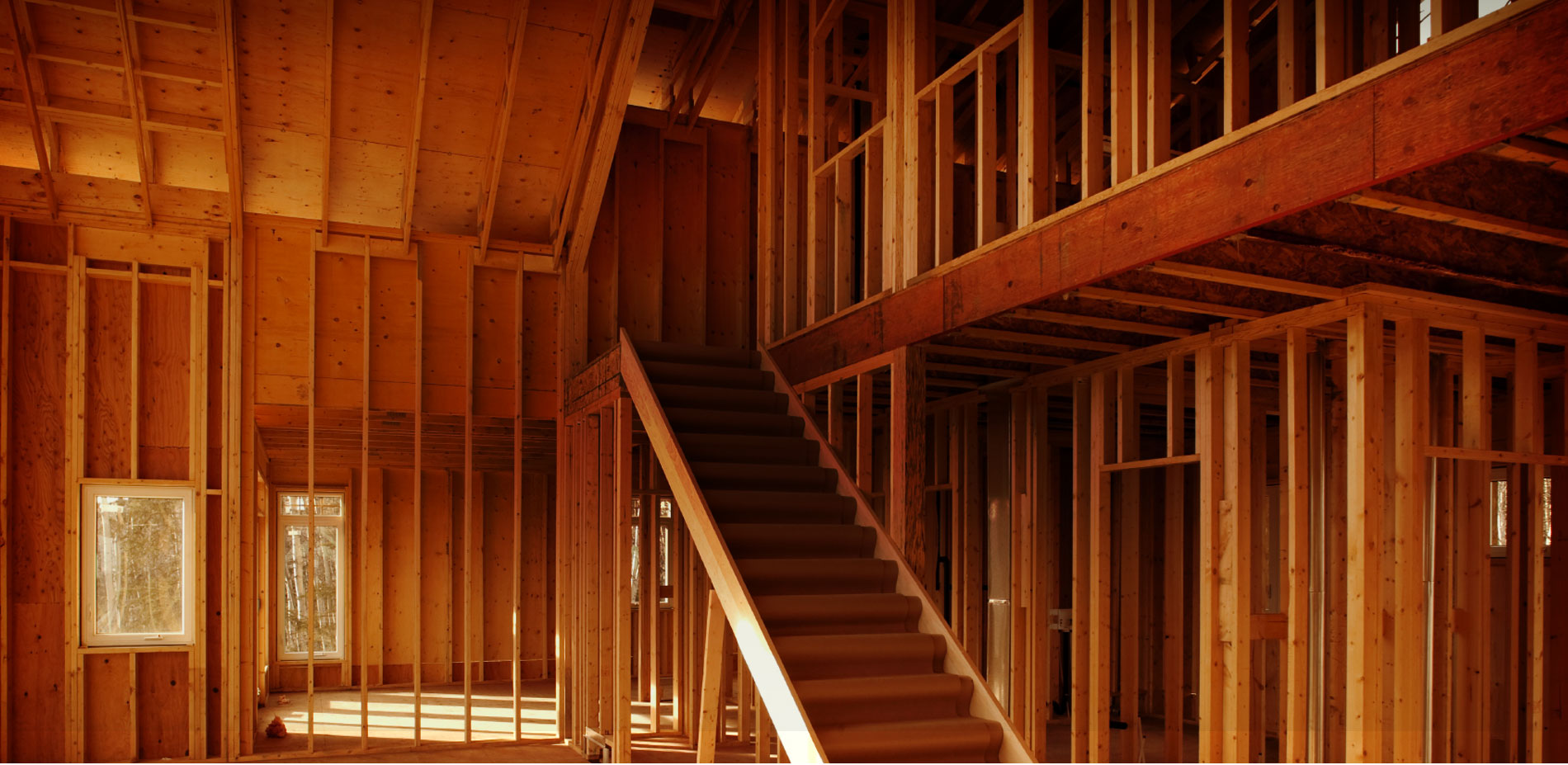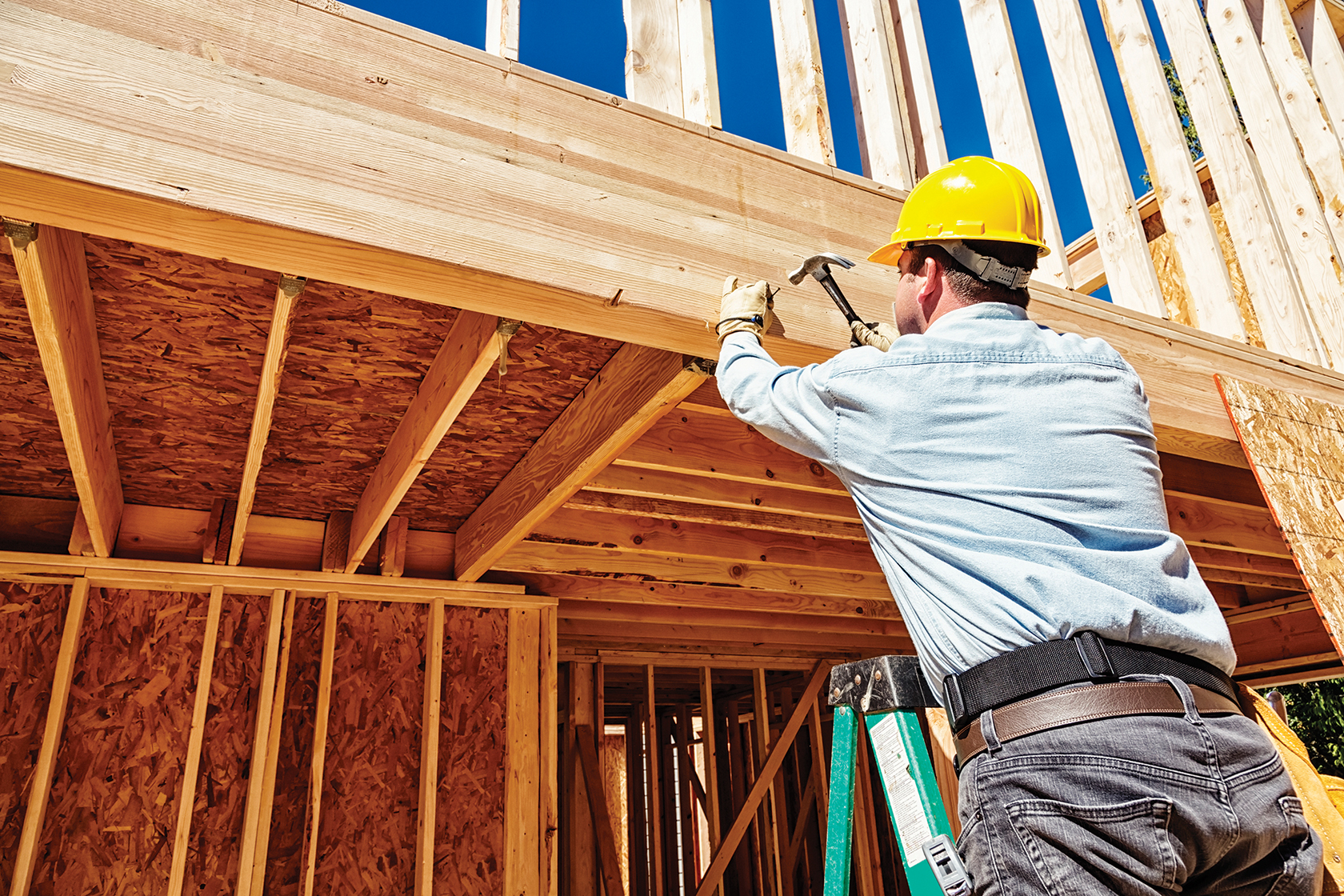Appliances and Items of Equipment, including Attachments and Appurtenances
Water heaters, pumps, stoves, refrigerators, compactors, garbage disposals, ranges, dishwashers, washers and dryers, bathtubs, sinks, commodes, faucets, light fixtures, switches, outlets, thermostats, furnaces and oil tanks, humidifiers, oil purifiers, air conditioning materials, in-house sprinkler systems, and similar items.
Arbitration
If a resolution is not reached during mediation, the next step is arbitration, a formal process conducted by an independent, neutral arbitrator to resolve disputes. We use arbitrators experienced in arbitrating residential construction matters. Unless prohibited by law, the decision of the arbitrator under our programs is binding on all parties, including both you and your Builder. There is a fee for the arbitration which is paid according to the terms spelled out in your warranty document.
Consequential Damages
All consequential damages including, but not limited to, damage to the Home that is caused by a warranted Defect but is not itself a warranted Defect and costs of shelter, transportation, food, moving, storage or other incidental expenses related to relocation during repairs.
Cooling, Ventilating and Heating Systems
All ductwork, refrigerant lines, steam and water pipes, registers, convectors, and dampers.
Defect
A condition of any item warranted by this Limited Warranty which exceeds the allowable tolerance specified in this Limited Warranty. Failure to complete construction of the Home or any portion of the Home, in whole or in part, is not considered a Defect.
Deflection (Check your specific warranty book for applicability.)
A turning or bending of a Designated Structural Element from its original position. Deflection is measured from any two endpoints and a third reference point. The reference point may be located at any distance between the two endpoints.
Electrical Systems
All wiring, electrical boxes and connections up to the house side of the meter base.
Mediation
We know that, in the majority of cases, the root of many disputes is the lack of communication between a Builder and a Homeowner. Sometimes, all it takes to get an issue resolved is someone to take on the role of mediator and assist the others in coming to a fair and reasonable agreement, based on the warranty standards provided. Prior to heading to formal arbitration or costly litigation, HOME does its best to mediate disputes between Members and Homeowners. Mediation is an informal process involving the Builder, the Homeowner, and the Warranty Company during the Builder’s term of responsibility. There is no charge to either side to this initial process.
Plumbing Systems
All pipes located within the Home and their fittings, including gas supply lines and vent pipes.
Sewage Disposal System (Private or Public)
This system includes, but is not limited to, all waste, drainage, sewer pipes and lines, cleanouts, tanks, pumps, drainfields, and seepage pits, outside and beyond the exterior wall of the Home.
Structurally Attached
This system includes, but is not limited to, all waste, drainage, sewer pipes and lines, cleanouts, tanks, pumps, drainfields and seepage pits, outside and beyond the exterior wall of the Home.
Unresolved Warranty Issue
All requests for warranty performance, demands, disputes, controversies and differences that may arise between the parties to this Limited Warranty that cannot be resolved among the parties. An Unresolved Warranty Issue may be a disagreement regarding:
- the coverages in this Limited Warranty;
- an action performed or to be performed by any party pursuant to this Limited Warranty;
- the cost to repair or replace any item covered by this Limited Warranty.
Water Supply System (Private or Public)
This system includes, but is not limited to, all supply and distribution pipes, fittings, valves, pumps and wells, outside the exterior wall of the Home, which supply water to the Home.




